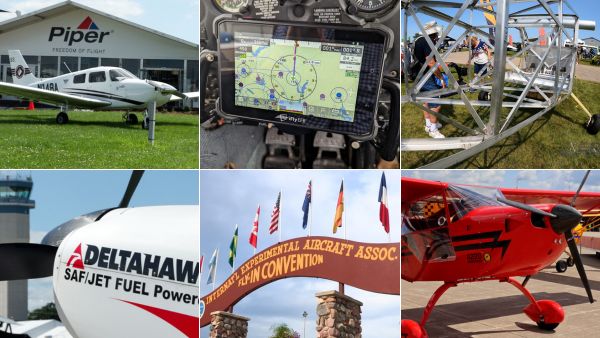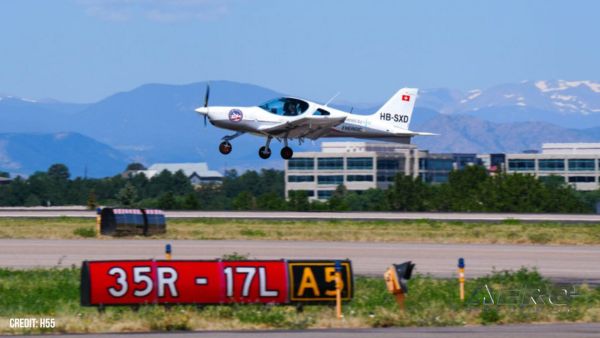Three-Phase Program Related To Pilot Cert Levels
by ANN Correspondent Dave Ziegler
In our first installment, we
looked at the original Wings proficiency program and its recent
replacement, Wings 2.0. This continuation digs deeper into how it
works.

As stated previously, the flight instruction portion of Wings
training is now tied to the Practical Test Standards, and pilots
are required to demonstrate proficiency instead of simply
completing a specific number of hours of recurrent training. James
Pyles of the FAA Safety Team explained that there are no
limitations imposed on time, so a Wings credit could be earned 20
minutes or 3 hours - however long it takes to ensure the pilot
meets Practical Test Standards.
There are three phases in the program: Basic, Advanced and
Master. According to Pyles, these phases are loosely related to
Private, Commercial, and ATP certification levels, although they
are not tied to the actual certificates as much as they are
expected levels of proficiency. "We expect a commercial pilot to be
a little bit more proficient, and more exact in what they do, than
we do a private pilot. We expect an ATP to be even more exact than
a commercial pilot. And that's kind of the way we look at those
three phases."
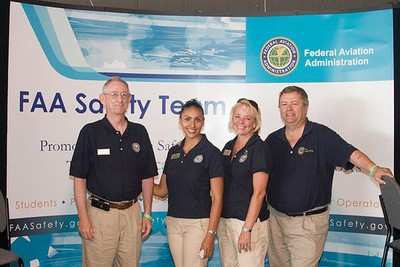
Completing the Basic phase counts as a flight review, and as
long as a pilot maintains at least the Basic level his or her
flight review will never expire. Each time the Basic level is
renewed through recurrent training, the time before it is necessary
to either undergo more training or complete a flight review is
extended. Pilots are notified by email 90 days prior to the
expiration of their Wings currency. In order to complete the basic
phase, pilots must obtain three credits for flight and three
credits for knowledge (formerly known as the ground portion of
Wings).
In order to participate in Wings 2.0, pilots must sign up on the
FAASTeam web site and create a profile. At this time, profiles
consist of category, class, and rating information, and the data
provided will help the system to make training suggestions.
Once in the system, pilots may browse training requirements for
a particular phase and, upon completing one of those requirements
may return to the website to request credit. An email is then sent
to the pilot's CFI, FAASTeam Representative, or FAASTeam Program
Manager for validation.
Unlike the original program, which took anywhere between three
days and a month to process an application and send out a
certificate, participants in the new program can download and print
out a current certificate via the website at any time. Certificates
are available in two formats: 8.5" x 11" and wallet sized - a
convenient size for keeping in a logbook for proof of currency.
The ability to easily download or email a transcript is another
useful feature, especially if clubs, FBOs, and insurance companies
begin to consider or require Wings currency. At the time of this
writing, at least one insurance company rewards Wings participants
with a discount, and this number is expected to grow now that Wings
completion is more closely related to proficiency. "What we're
trying to do now is get the insurance companies to buy into this
program and really start working with us on it," said Pyles
(below).
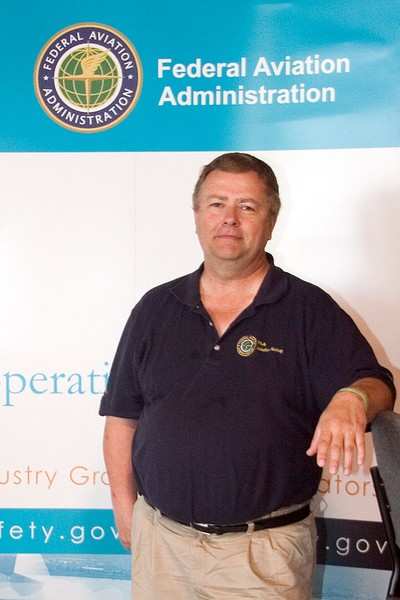
The FAASTeam has made a considerable effort to keep the system
simple, but the increased functionality and customizability of the
system does make participation in the program somewhat more
involved. As Pyles pointed out, just as with learning the basic
operation an aircraft, "you do have to learn it, there's no doubt
about it, but the program is really very simple."
The original Wings will remain in effect until December 31,
2007, and pilots will have until the end of January 2008 to apply
for their Wings phase under the old program. Between now and the
end of 2007, pilots can also complete the Basic phase of the new
Wings program and qualify for both the new and old program.
In this case, the 12 month waiting period between Wings
applications will be waived.
Pilots should note that, because the old program does not
require demonstration of proficiency, Wings credit earned under the
old program may not be applied to the new, although recent
completion of an old phase will still count as a recent flight
review.
It's important to note that the current AOPA Air Safety
Foundation on-line safety seminars no longer qualify towards Wings
credit with the new program, although they are still valid for the
old program until the end of the year. The FAASTeam expects to work
with the ASF and other organizations to create accredited seminars
compatible with the new program.
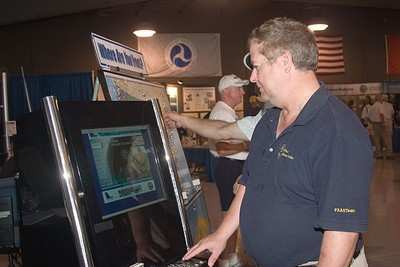
There is one other change worth mentioning: To the
disappointment of some pilots, the FAA will no longer be providing
Wings lapel pins under the new program, although it is
investigating ways to offer these and other incentives, discounts,
and services through third party vendors.
More information on this and other safety resources is available
from the FAA Safety Team website.
 ANN's Daily Aero-Term (07.15.25): Charted Visual Flight Procedure Approach
ANN's Daily Aero-Term (07.15.25): Charted Visual Flight Procedure Approach Aero-News: Quote of the Day (07.15.25)
Aero-News: Quote of the Day (07.15.25) ANN's Daily Aero-Linx (07.15.25)
ANN's Daily Aero-Linx (07.15.25) NTSB Final Report: Kjelsrud Gary Kitfox
NTSB Final Report: Kjelsrud Gary Kitfox NTSB Prelim: Cessna A150L
NTSB Prelim: Cessna A150L




